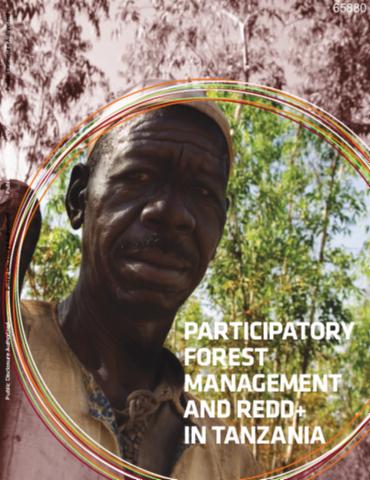Resource information
Tanzania's land, local government and forest laws mean that rural communities have well defined rights to own, manage and benefit from forest and woodland resources within their local areas through the establishment of village forests. This approach, known by practitioners as Community Based Forest Management (CBFM) results in the legal establishment of village land forest reserves, community forest reserves or private forests. By 2008, 1,460 villages on mainland Tanzania1 were involved in establishing or managing village forests covering a total of over 2.345 million hectares. A further 863 villages are currently involved in Joint Forest Management (JFM) approaches within government forest reserves, in which management responsibilities are shared between government and local communities. 1.78 million hectares of forest reserve under central or local government jurisdiction are now under JFM arrangements. Since 2008, the Tanzanian government has been making preparations for the establishment of systems and structures for REDD Plus (Reduced Emissions from Deforestation and Forest Degradation). Tanzania is being supported in its preparations by the World Bank's Forest Carbon Partnership Facility (FCPF), UN-REDD plus and the Norwegian Forests and Climate Initiative as well as a number of local and international Non Government Organizations (NGOs). This report has been prepared to provide inputs to the development of policy processes currently evolving in Tanzania regarding REDD plus. This review draws on almost two decades of experience within Tanzania on the development and establishment of Participatory forest management (PFM) an approach which (like REDD plus), aims to achieve the combined objectives of sustainable forest management with secure rights, improved local forest governance and secure livelihoods for forest-dependent communities.


